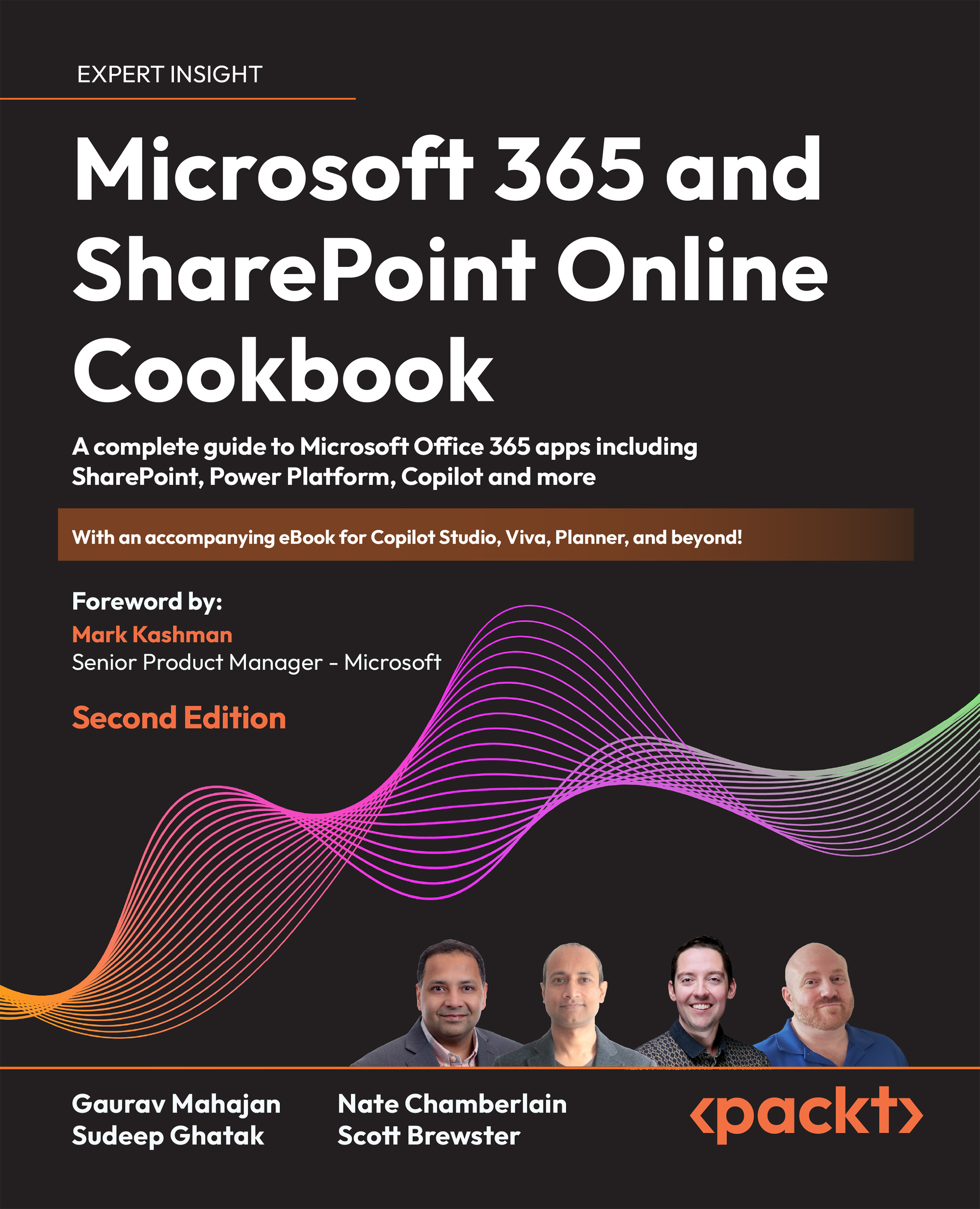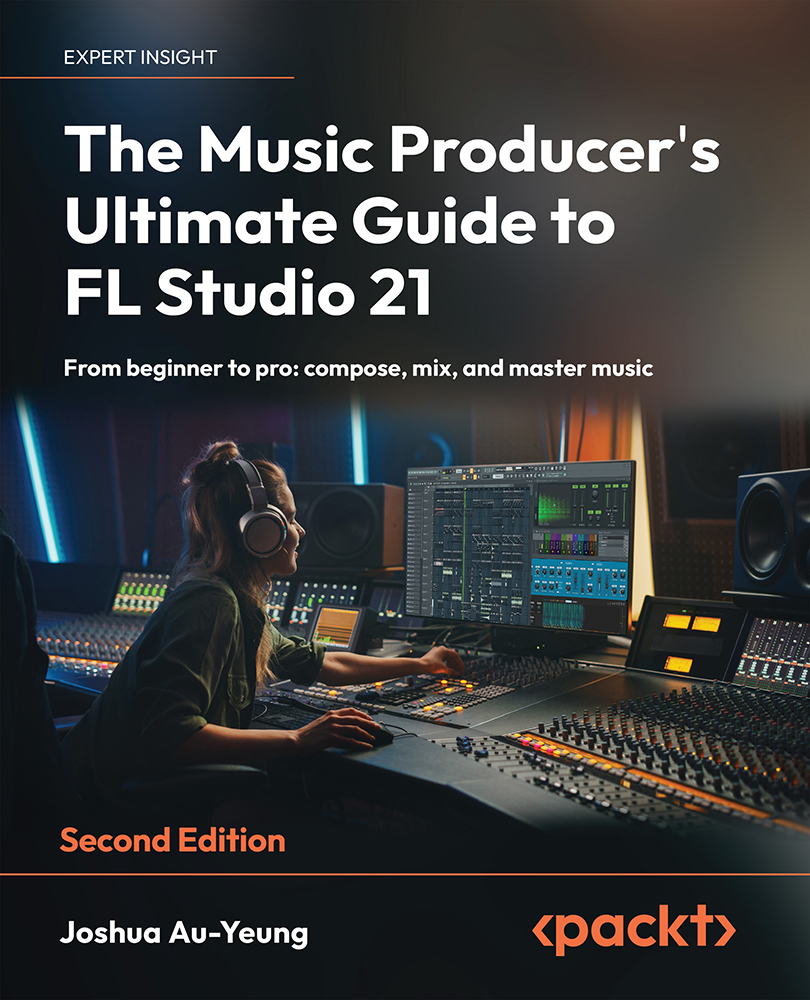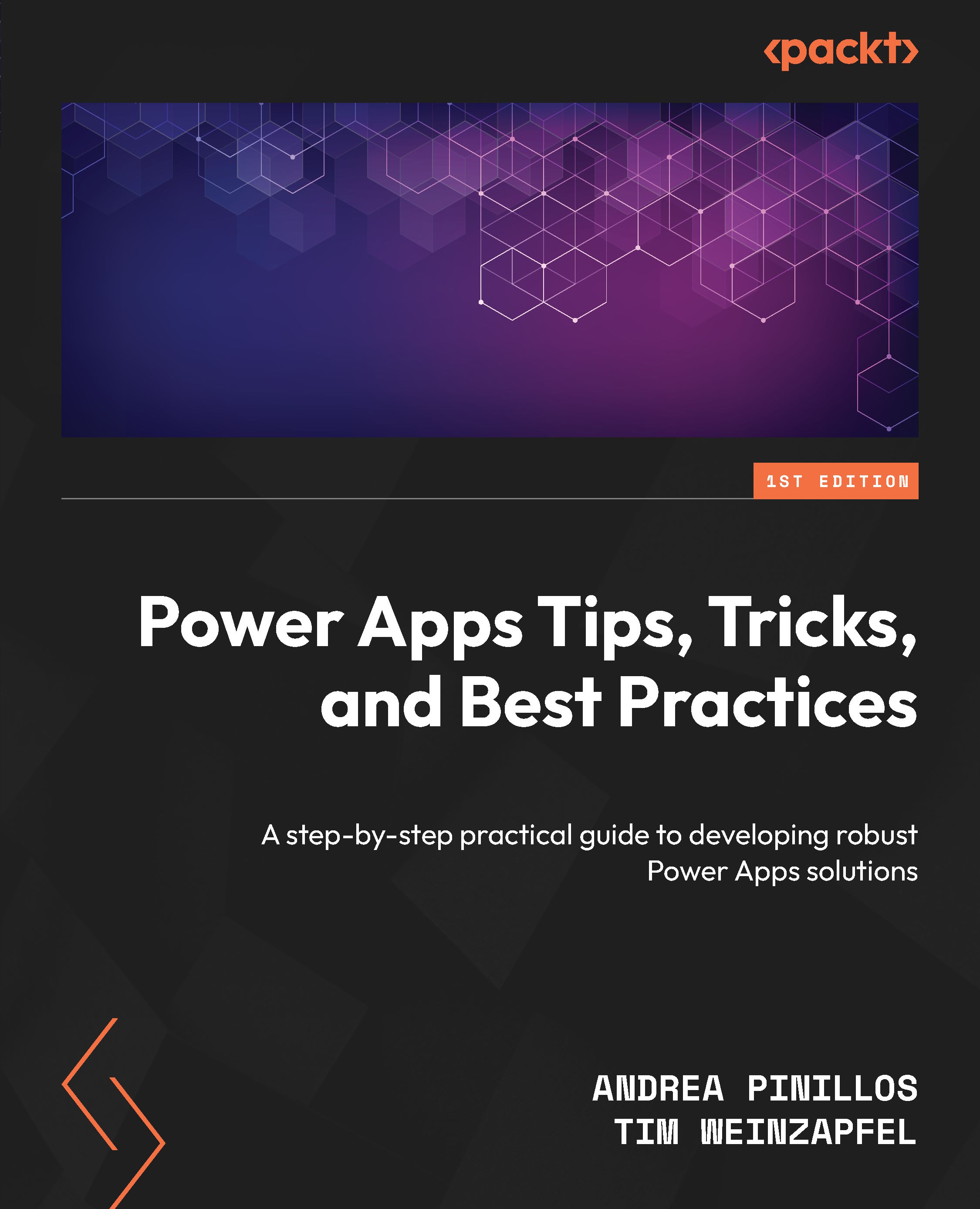Important modules: Endpoint and Dialplan
Endpoint modules are critically important and add some of the key features which make FreeSWITCH the powerful platform it is today. The primary role of these modules is to take certain common communication technologies and normalize them into a common abstract entity which we refer to as a session. A session represents a connection between FreeSWITCH and a particular protocol. There are several Endpoint modules that come with FreeSWITCH, which implement several protocols such as SIP, H.323, Jingle (Google Talk), and some others. We will spend some time examining one of the more popular modules named mod_sofia.
Sofia-SIP
(http://sofia-sip.sourceforge.net) is an open source project sponsored by Nokia, which is determined to make a programming interface to the Session Initiation Protocol or SIP. We use this library in FreeSWITCH in a module we call mod_sofia.
This module registers to all the hooks in FreeSWITCH necessary to make an Endpoint module, and translates the native FreeSWITCH constructs into SIP constructs and back again. Configuration information is taken from the central FreeSWITCH configuration files, which allows mod_sofia to load user-defined preferences and connection details. This allows FreeSWITCH to accept registration from SIP phones and devices, register to other SIP Endpoints such as service providers, send notifications, and provide services to the phones such as voicemail.
When a SIP call is established between FreeSWITCH and another SIP device, it will show up in FreeSWITCH as an active session. If the call is inbound, it can be transferred or bridged to interactive voice response (IVR) menus, hold music, or one or more extensions, though numerous other options are available. Let's examine a typical scenario where a SIP phone registered as extension 2000 calls extension 2001, with the hope of establishing a call.
First, the SIP phone sends a call setup message to mod_sofia over the network (mod_sofia is ''listening'' for such messages). After receiving the message, mod_sofia in turn parses the relevant details and passes the call into the core state machine in FreeSWITCH. The state machine (in the FreeSWITCH core) then sends the call into the ROUTING state. The next step is to locate the Dialplan module, based on the configuration data for the calling Endpoint. The
default and most widely used Dialplan module is the
XML Dialplan module. This module is designed to look up a list of instructions from the central XML registry within FreeSWITCH. The XML Dialplan module will parse a series of XML extension objects using regular expression pattern-matching. As we are trying to call 2001, we hope to find an XML extension testing the destination_number field for something that matches ''2001'' and routes accordingly. The
Dialplan is not limited to matching only a single extension. In fact, in Chapter 5, Understanding the XML Dialplan, you will get an expanded definition of the term ''extension''. The XML Dialplan module builds a sort of ''task list'' for the call. Each extension that matches it will have its actions added to the call's task list.
Assuming FreeSWITCH finds at least one extension, the XML Dialplan will insert instructions into the session object with the information it needs to try and connect the call to 2001. Once these instructions are in place, the state of the calling session changes from ROUTING to EXECUTE where the next handler drills down the list and executes the instructions obtained by the ROUTING state. This is where the application interface comes into the picture.
Each instruction is added to the session in the form of an application name and a data argument that will be passed to that application. The one we will use in this example is the bridge application. The purpose of this application is to create another session with an outbound connection, then connect the two sessions for direct audio exchange. The argument we will supply to bridge will be user/2001, which is the easiest way to generate a call to extension 2001. A Dialplan entry for ''2001'' might look like this:
The extension is named ''example'', and it has a single condition to match. If the condition is matched, it has a single application to execute. In plain language, the mentioned extension could be expressed like this: If the caller dialed ''2001'', then this establishes a connection between the calling party and the endpoint (that is, telephone) at 2001. Consider how this happens.
Once we have inserted the instructions into the session, the session's state will change to EXECUTE, and the FreeSWITCH core will use the data collected to perform the desired action. First, the default execute state handler will parse the command to execute bridge on user/2001, then it will look up the bridge application and pass the user/2001 data in. This will cause the FreeSWITCH core to create a new outbound session of the desired type. User 2001 is also a SIP phone, so the user/2001 will resolve into a SIP dial string, which will be passed to mod_sofia to ask it to create a new outbound session.
If the setup for that new session is successful, there will now be two sessions in the FreeSWITCH core. The bridge application will take the new session and the original session (the caller's phone) and call the bridge function on it. This allows the audio to flow in both directions, once the person at extension 2001 actually answers the phone. If that user was unable to answer or was busy, a timeout (that is, a failure) would occur and send the corresponding message back to the caller's phone. If a call is unanswered or an extension is busy, many routing options are possible, including call forwarding or voicemail.
All of this happens from the simple action of picking up the phone handset and dialing 2 0 0 1. FreeSWITCH takes all of the complexity of SIP and reduces it to a common denominator. From there, it reduces the complexity further by allowing us to configure a single instruction in the Dialplan to connect the phone at 2000 to the phone at 2001. If we want to allow the phone at 2001 to be able to call the phone at 2000, we can add another entry in the Dialplan going the other way.
In this scenario, the Endpoint module turned SIP into a FreeSWITCH session and the Dialplan module turned XML into an extension. The
bridge application turned the complex code of creating an outbound call, and connecting the audio into a simple application/data pair. Both the Dialplan module and the application module interface are designed around regular FreeSWITCH sessions. Therefore, not only does the abstraction make life easier for us at the user level, it also simplifies the design of the application and the Dialplan because they can be made agnostic of the actual endpoint technology involved in the call. It is because of this abstraction, when we make up a new Endpoint module tomorrow for something like Skype (there is actually such a thing present, by the way), that we can reuse all the same application and Dialplan modules. The same principle applies to the Say, ASR, TTS, and other such modules.
It is possible that you may want to work with some specific data provided by the Endpoint's native protocol. In SIP, for instance, there are several arbitrary headers as well as several other bits of interesting data from the SIP packets. We solve this problem by adding variables to the channel. Using channel variables, mod_sofia can set these arbitrary values as they are encountered in the SIP data where you can retrieve them by name from the channel in your Dialplan or application. This way we share our knowledge of these special variables with the SIP Endpoint. However, the FreeSWITCH core just sees them as arbitrary channel variables, which the core can ignore. There are also several special reserved channel variables that can influence the behavior of FreeSWITCH in many interesting ways. If you have ever used a scripting language or configuration engine that uses variables, then you are at an advantage because channel variables are pretty much the same concept. There is simply a variable name and a value that is passed to the channel and the data is set.
There is even an application interface for this: the set application that lets you set your own variables from the Dialplan.
The recent example is almost identical to the previous example, but instead of just placing the call, we first set the variable ''foo'' equal to the value ''bar''. This variable will remain set throughout the call and can even be referenced at the end of the call in the detail logs.
The more we build things in small pieces, the more the same underlying resources can be reused, making the system simpler to use. For example, the codec interface knows nothing else about the core, other than its own isolated world of encoding and decoding audio packets. Once a proper codec module has been written, it becomes usable by any Endpoint interface capable of carrying that codec in its audio stream. This means that if we get a Text-To-Speech module working, we can generate synthesized speech on any and all Endpoints that FreeSWITCH supports. It does not matter which one comes first as they have nothing to do with each other. However, the addition of either one instantly adds functionality to the other. The TTS module becomes more useful because it can use more codecs; the codecs have become more useful because we added a new function that can take advantage of them. The same idea applies to applications. If we write a new application module, the existing endpoints will immediately be able to run and use that application.
 United States
United States
 Great Britain
Great Britain
 India
India
 Germany
Germany
 France
France
 Canada
Canada
 Russia
Russia
 Spain
Spain
 Brazil
Brazil
 Australia
Australia
 Singapore
Singapore
 Canary Islands
Canary Islands
 Hungary
Hungary
 Ukraine
Ukraine
 Luxembourg
Luxembourg
 Estonia
Estonia
 Lithuania
Lithuania
 South Korea
South Korea
 Turkey
Turkey
 Switzerland
Switzerland
 Colombia
Colombia
 Taiwan
Taiwan
 Chile
Chile
 Norway
Norway
 Ecuador
Ecuador
 Indonesia
Indonesia
 New Zealand
New Zealand
 Cyprus
Cyprus
 Denmark
Denmark
 Finland
Finland
 Poland
Poland
 Malta
Malta
 Czechia
Czechia
 Austria
Austria
 Sweden
Sweden
 Italy
Italy
 Egypt
Egypt
 Belgium
Belgium
 Portugal
Portugal
 Slovenia
Slovenia
 Ireland
Ireland
 Romania
Romania
 Greece
Greece
 Argentina
Argentina
 Netherlands
Netherlands
 Bulgaria
Bulgaria
 Latvia
Latvia
 South Africa
South Africa
 Malaysia
Malaysia
 Japan
Japan
 Slovakia
Slovakia
 Philippines
Philippines
 Mexico
Mexico
 Thailand
Thailand
















